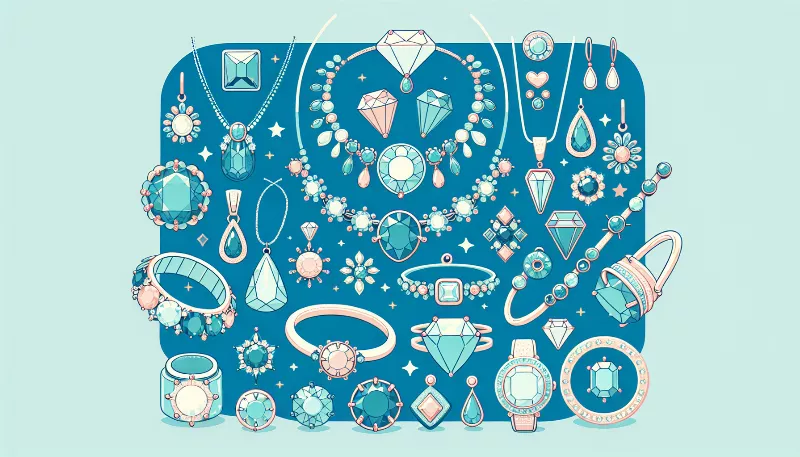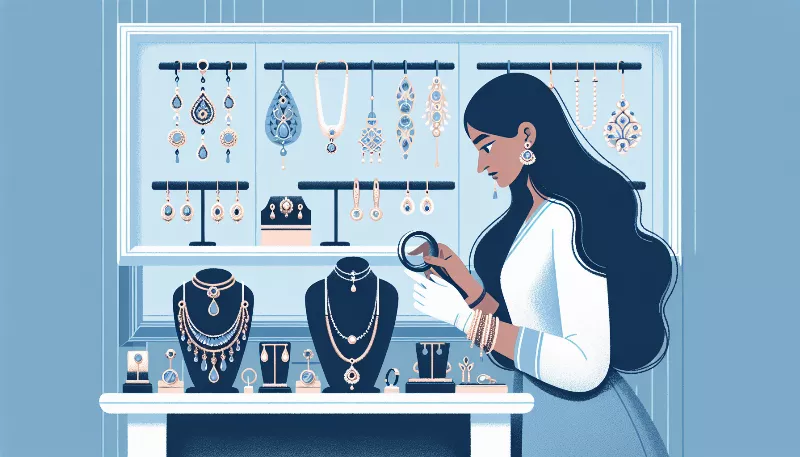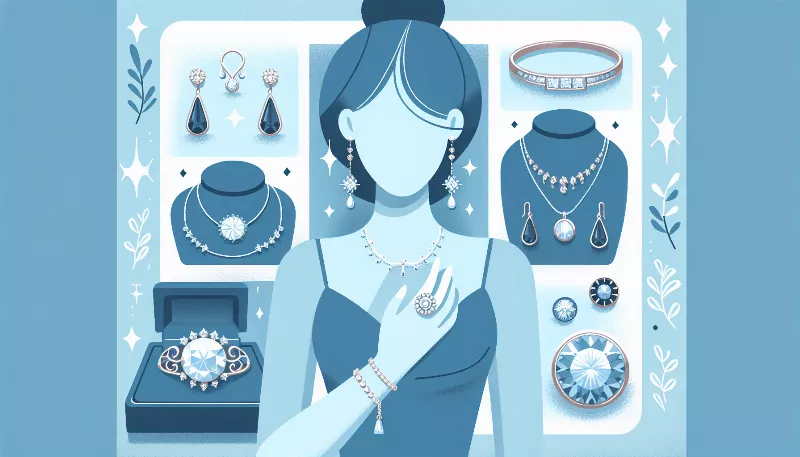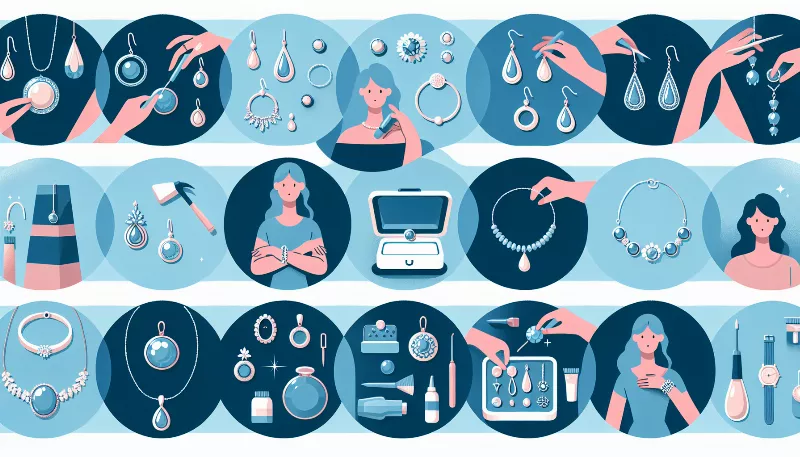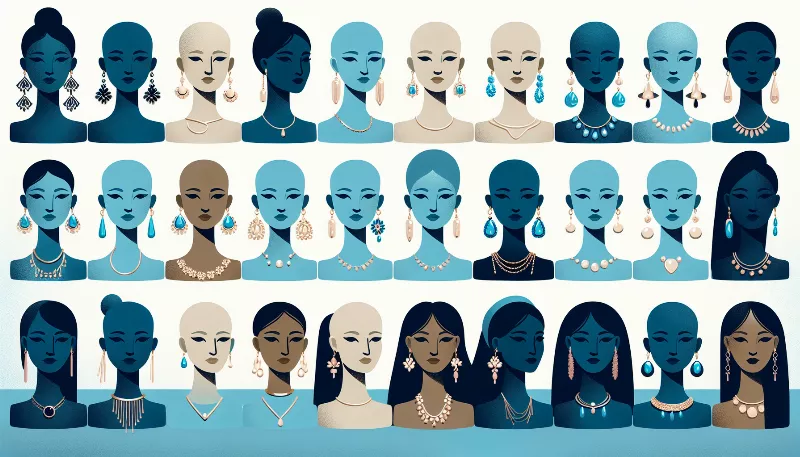How do gold and silver jewelry prices compare and what factors contribute to their cost?
Uncover the value behind gold & silver jewelry prices. Learn key factors influencing cost, from rarity to craftsmanship. Make informed buying decisions!
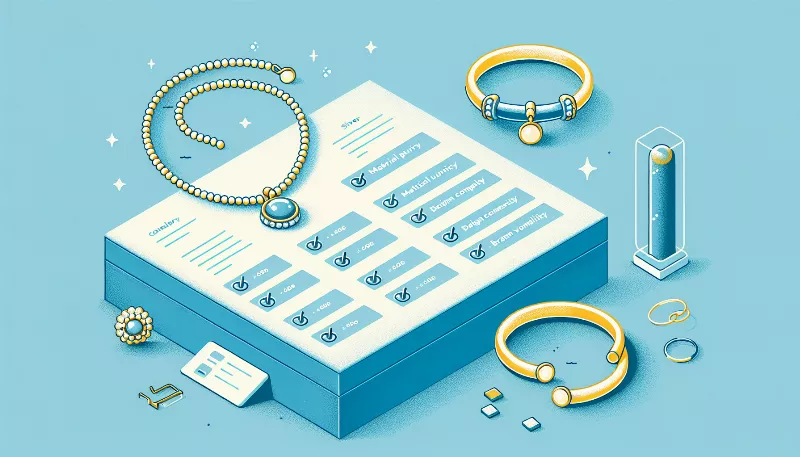
Unveiling the Luster of Value: Gold vs. Silver Jewelry
When it comes to adorning oneself with the elegance of metals, gold and silver jewelry stand out as timeless choices. But have you ever wondered how their prices stack up against each other? Let's dive into the shimmering world of these precious metals and discover what makes their value tick!
The Glittering Face-Off: Gold and Silver Price Points
Gold has long been revered for its rarity and prestige, often commanding higher prices than silver. This is partly due to its historical significance and the cultural weight it carries as a symbol of wealth and status. Silver, while also cherished, is more abundant and thus generally more affordable. However, the price gap between gold and silver jewelry can vary widely based on several factors that go beyond mere scarcity.
Weight in Gold and Silver: The Purity Factor
One of the primary determinants of price for both gold and silver jewelry is purity. Gold is measured in karats, with 24-karat gold being the purest form. However, because pure gold is soft, it's often alloyed with other metals for durability, resulting in 18-karat, 14-karat, or even 10-karat pieces, each with a proportionately lower gold content and price. Silver jewelry, on the other hand, is typically crafted from sterling silver, an alloy containing 92.5% silver, with the remaining 7.5% usually made up of copper to enhance strength.
Artistry and Craftsmanship: The Human Touch
The artistry and craftsmanship involved in creating a piece of jewelry can significantly influence its cost. Intricate designs and the reputation of the designer or brand can elevate the price of both gold and silver pieces. Handcrafted items, which require more time and skill, are often more expensive than mass-produced ones. The level of detail, the complexity of the design, and the brand's prestige all contribute to the final price tag.
Market Dynamics: The Ever-Changing Landscape
Gold and silver prices are subject to fluctuations in the global market. Economic factors such as inflation, currency values, and mining production can cause the prices of these metals to rise or fall. Gold, in particular, is often seen as a safe-haven investment during times of economic uncertainty, which can drive up its price. Silver, while also affected by market forces, tends to be more volatile, leading to more frequent price changes.
Additional Adornments: Gemstones and Beyond
When jewelry features additional elements like gemstones, diamonds, or intricate metalwork, the price can increase substantially. The type, quality, and size of the gemstones used in conjunction with gold or silver can make a significant difference in cost. Diamonds and rare gemstones set in gold are particularly prized, but even semi-precious stones set in silver can command a premium.
Final Thoughts: The True Worth of Beauty
In the end, whether you choose gold or silver jewelry, the true value lies in what it represents to you. Both metals have their unique allure and factors that contribute to their cost. While gold may often be pricier, silver offers its own radiant charm at a more accessible price point. Whichever you choose, the beauty and joy it brings are priceless.



